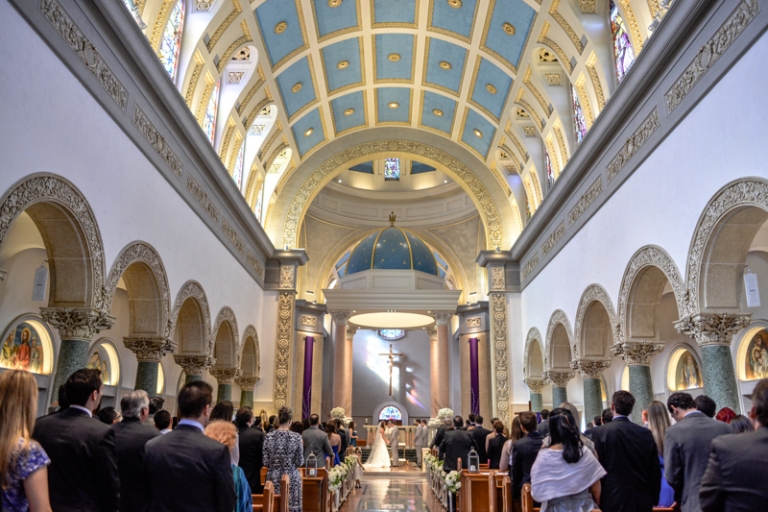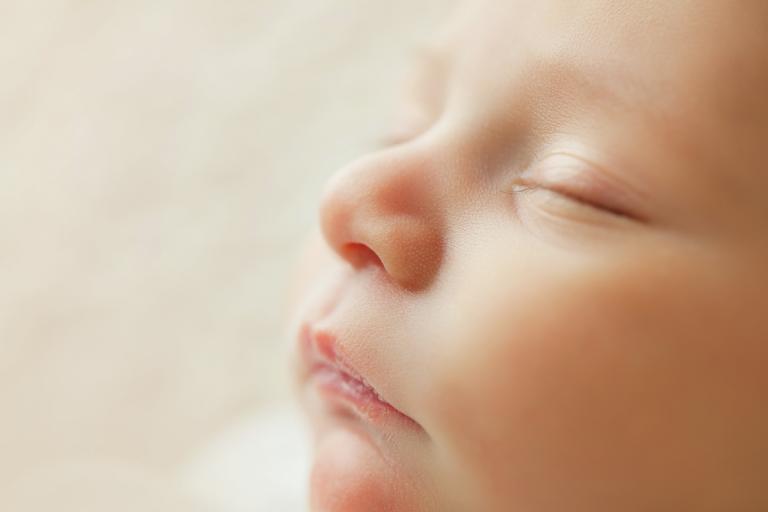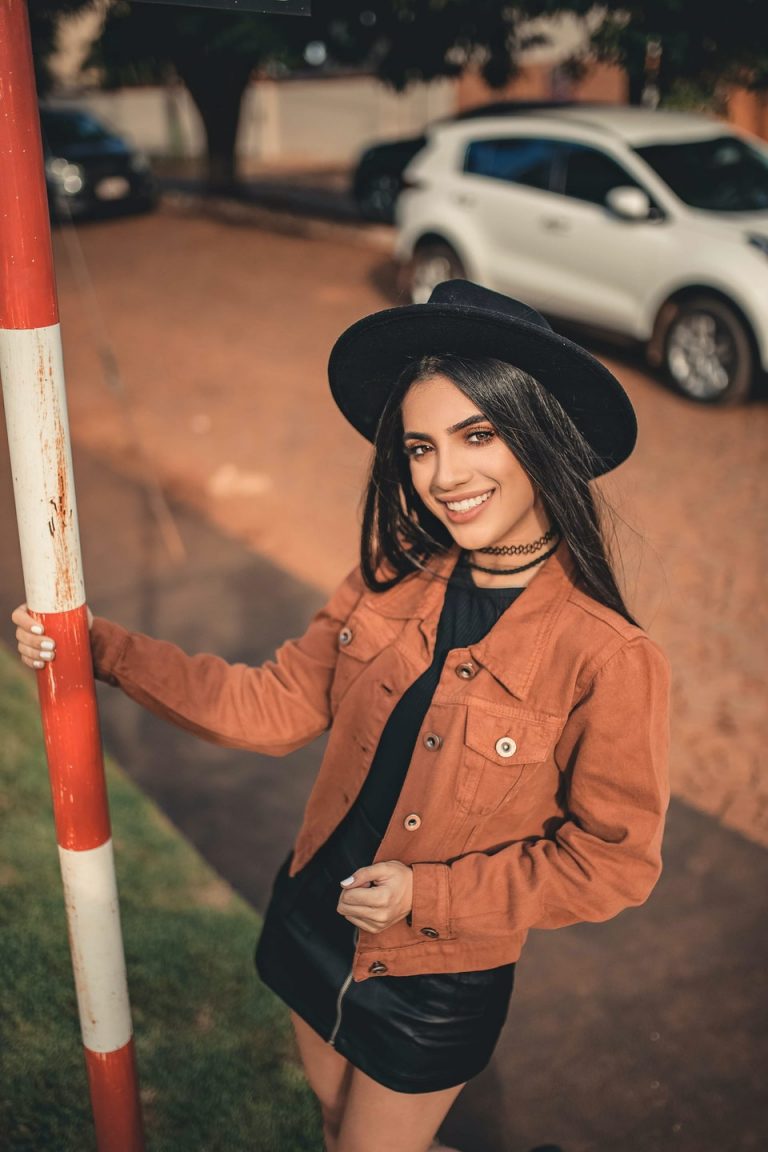Do you thrive on competition? Love the energy, excitement, and physicality of sports? Then sports photography might be the right play for you (pun fully intended!)
There are lots of great reasons to make sports photography your passion. Your kids, your job, or your desire for a new market. Or maybe you just love playing, watching, and photographing sports.
Whatever your game, you’ll find this article full of ideas on how to get started shooting sports photography, what equipment you’ll need, tips on improving your work, and how to turn your passion into profit. So let’s dive into the action!
What is Sports Photography?
Sports photography is essentially just taking pictures of sports. The genre relies heavily on action photos, but not all sports photos have to be action shots. Sports photography also includes story-telling images of the game or event as well as candid portraits, detail shots, and athlete portraits.
Sports photography isn’t confined to a single level of competition or type of sport, although some photographers choose to specialize. You can photograph pee wee football up to professional baseball and any level or age in between. While many sports photographers aspire to photograph at the highest level, such as the NFL or WNBA, most pursue their passion at a local or regional level.
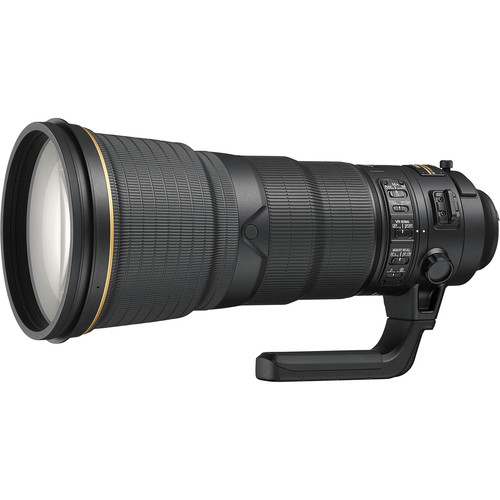
What Camera Equipment Do You Need for Sports Photography?
A basic photography kit would include a high-quality DSLR or mirrorless camera, professional-quality lenses, fast memory cards, and extra batteries.
A good sports photography camera is a fast DSLR or mirrorless body that has manual mode. Look for a body that has an FPS (frame-per-second) rate of at least six and can shoot at fast shutter speeds such as 1/2000 or 1/4000. It should also handle low light environments and have a resolution of at least 20 megapixels. Anti-flicker is another huge-time saving feature. Common sports photography cameras include:
- Canon EOS-1D X Mark II or Canon 7D Mark II
- Nikon D5 or Nikon D500
- Sony Alpha a7iii or Sony Alpha a9ii
Smartphones or point-and-click bodies don’t make great sports photography cameras. They simply lack the speed and reach of a quality DSLR or mirrorless body and a good telephoto lens. You can occasionally get some great shots when the action comes close to you, but professional photographers rely on professional-grade equipment.
Action cameras such as the GoPro Hero 7 can provide some really cool specialty shots or capture wide-angle scenes. I see these tiny cams mounted on backboards or volleyball nets or deployed underwater to capture swimmers. These cams provide a unique perspective but are a supplement for the imagery you’d get with a DSLR and pro-grade lens, not a replacement.
Sports photos often rely heavily on fast lenses with long focal lengths.
For large field events such as soccer or football, you need a telephoto lens to get close to the action. A lens with a focal length in the 200-600mm range gives you plenty of reach.
You’ll also want a wide-angle lens such as a wide-angle lens (with a focal length in the 18-35mm range) and a mid-length lens like a 50mm or 24-70 zoom lens helps for close-up photos and events such as basketball, boxing, or volleyball. My personal kit usually includes a 24-120mm f4 zoom, a 70-200mm f/2.8 zoom, a 1.4 teleconverter, and a 50mm f/1.4 lens.
Look for a fast lens with a wide maximum aperture such as f1.8, f2.8 or f4. Wider apertures help isolate players from a noisy background. These lenses also let in more light for shooting in dark gyms or under stadium lights. Some of the best (and relatively affordable!) lenses for sports photography include:
- Canon or Nikon 70-200mm f2.8
- Nikon or Canon 24-70mm f2.8
- Canon EF 100-400mm f4.6-5.6L USM.
- Nikon 80-200mm f2.8 D ED AF zoom.
- Nikon 300mm f2.8 G ED-IF II AF-S VR-II
Use high quality, fast memory cards that can write images quickly on the field, the fastest your body will support. Don’t miss a killer shot because your memory card can’t keep up. I like the San Disk Extreme Pro line for standard SD cards.
And don’t forget to have a few extra batteries in your bag. Typically a single battery lasts me an entire day for my DSLR on the field. But mirrorless bodies go through batteries faster. Cold weather, shooting lots of video, shooting in live mode or accessing the menu and wifi will drain your battery faster. Don’t run out of power!
Other Sports Photography Equipment
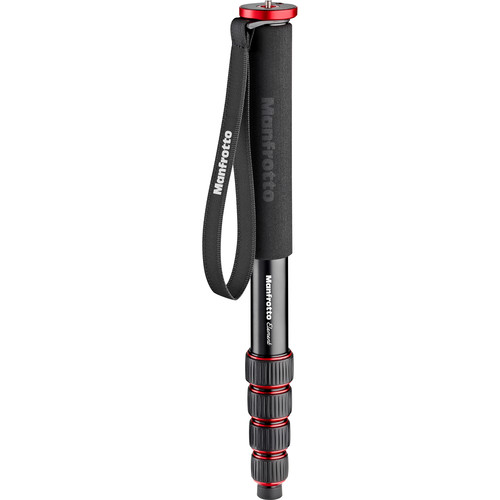
Monopods or Tripods
A monopod or tripod takes some of the burden of heavy lenses off your arms and helps you stabilize your shots. I like monopods for shooting sports because it has a smaller footprint and is easier to pack around than a tripod. Find a monopod/tripod that is rated for the weight of your heaviest lens/body combo and has high-quality parts.
A few budget-friendly tripods and monopods to consider are the Manfrotto Compact Action Aluminum Tripod, the Dolica Ax620B100 Proline Tripod and Ball Head, the Manfrotto MPMXPROA5US Aluminum XPRO Monopod, or the Vanguard VEO 2 CM-264 Carbon Fiber Monopod.
Camera Strap
If I’m not using a monopod or tripod, I rely on a camera strap. A strap protects your equipment from accidentally hitting the ground. Look for a quality strap that doesn’t rub your neck and gives you full range of motion for shooting.
Lighting
Most sports photographers rely exclusively on natural light for action shots. In fact, flash is prohibited in many arenas, gyms, and other competitions. Always check with the event organizer before using external lighting. If you do need flash, plan on purchasing a few powerful strobes to give you enough light, spread and distance.
Equipment Bags and Protective Gear
Protect your equipment by investing in a good bag and some waterproof gear. I always keep my rain covers in my bag because I like knowing my gear is protected no matter the weather. Don’t forget protective gear for you such as raincoats, sunscreen, and knee pads. I personally like shooting with a bandana covering my head because hats get in my way.
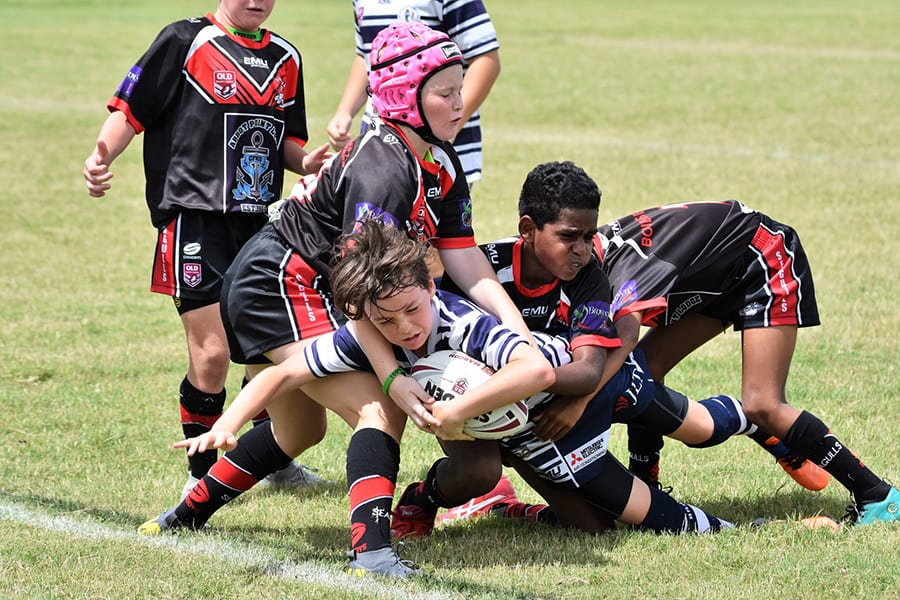
How to Photograph Sports
Learning how to photograph sports well means mastering your camera settings, position and timing.
Shutter Speed
When shooting action photos for sports photography, prioritize shutter speed above your other exposure settings. You can shoot in shutter priority mode or manual mode. I shoot in manual and set my fast shutter speeds first, then my aperture and ISO.
How fast of a shutter is required to stop motion depends on the speed of the athletes and event. I set the fastest shutter speeds I can given the lighting. Here are some recommended fast shutter speed settings used by sports photographers:
- Basketball – 1/500 or higher
- Volleyball – 1/500, 1/1000 or higher to eliminate blur on the ball during spikes and serves
- Football and rugby – 1/800 or higher
- Tennis and baseball – 1/1000 for sharp players, 1/2000 or 1/4000 to eliminate blur on the ball
- Rodeo and soccer – 1/800 and up
- Track and field – 1/500 and up
- Motocross and auto racing – 1/2000 and up
- Wrestling – 1/500
The speed of the athletes will also vary by the level of competition. A soccer game with preschoolers is slower than a college game, for example, so you won’t need a fast shutter speed, you can use a slower shutter speed if needed.
Aperture
Aperture is secondary to shutter speed in most sports photography situations. My advice is to use the aperture you need to get the shutter speed you want. On bright sunny days, my aperture might need to be f/11 or f/16 because there’s just so much light. On cloudy days or in dark gyms, I usually need my maximum aperture of f/2.8.
I prefer to isolate my subjects from the background, so I keep my aperture between f/2.8 and f/5.6. However, if you are shooting story-telling images such as behind-the-scenes shots or wide, environmental pull-backs, prioritize your aperture to evoke emotion you desire. Sidelines, crowds, details or portraits don’t require super fast shutter speeds.
ISO
Using fast shutters often means a tradeoff in noise from high ISO. What’s too high of an ISO depends on your camera and your personal preference on the amount of grain in your photos.
How to Focus for Sharp Sports Photos
Sports move fast. Achieving and nailing focus should be your priority after freezing motion. Getting consistently sharp photos takes some practice. To help, make the most of your settings using the tips below.
- Use autofocus. Sports move so fast that most of us can’t manually focus our lenses fast enough to keep up. Let the camera do the work for you. Most sport photographers I know use it for fast paced games and events.
- Use continuous focus mode (also called Al Servo or AF on Canon). This tells the camera to focus as soon as you start to press the shutter. It continues to refocus as the subject moves, as long as you keep the shutter pressed halfway. This helps you hold focus on a moving target.
- Try using a single focal point. This tells your camera exactly where to focus and keeps your body from focusing on the wrong player, the ball, etc.
- Switch back-button focus (BBF). BBF allows you to use a button on the back of your camera to set focus instead of pressing the shutter halfway. This separates the act of focusing from firing the shutter.
- Experiment with burst mode. Burst mode lets you fire off a few frames at a time with a single shutter press. Burst mode shouldn’t take the place of timing your shot. You still need to practice tracking your subject and waiting for the right time to fire the shutter. But it can give you a few frames of a critical moment, increasing the odds your frame is focused correctly. Use it selectively though…it can slow down your shooting speed and fill your memory card quickly, meaning you miss other great shots.

Types of Sports Photography
If someone jumps it, kicks it, throws it, hurls it, wrestles it, or rides it, that’s sports photography. When most people think of sports photography, they think of football or basketball. But the genre includes all levels and types of sports. You can photograph at any and all levels, from local parks and recreation leagues to professional competitions. Check out this list below:
- Football
- Rugby
- T-ball, baseball and softball
- Soccer
- Wrestling
- Golf
- Marathons, 5Ks or Tough Mudder event
- Cycling
- Auto-racing and Motocross
- Skateboarding
- Swimming and diving
- Volleyball
- Rodeo, horse-racing, dressage, stadium jumping and other horse sporting events
- Boxing
- Martial arts
- Bowling
- Shooting sports
- Lacrosse
- Rowing
- Surfing
- Skiing and snowboarding
- Gymnastics
- Roller-derby
Our Best Sports Photography Tips and Techniques
Learn the Sport
Number one in my sports photography tips is to learn the game. Understanding the sport your photographing helps your work. You’ll know how to track the play, where to stand for the best shots, when the most exciting moments occur, what types of images the athletes (or coaches or parents) expect, etc. The more you understand the sport, the better you can learn to photograph it.
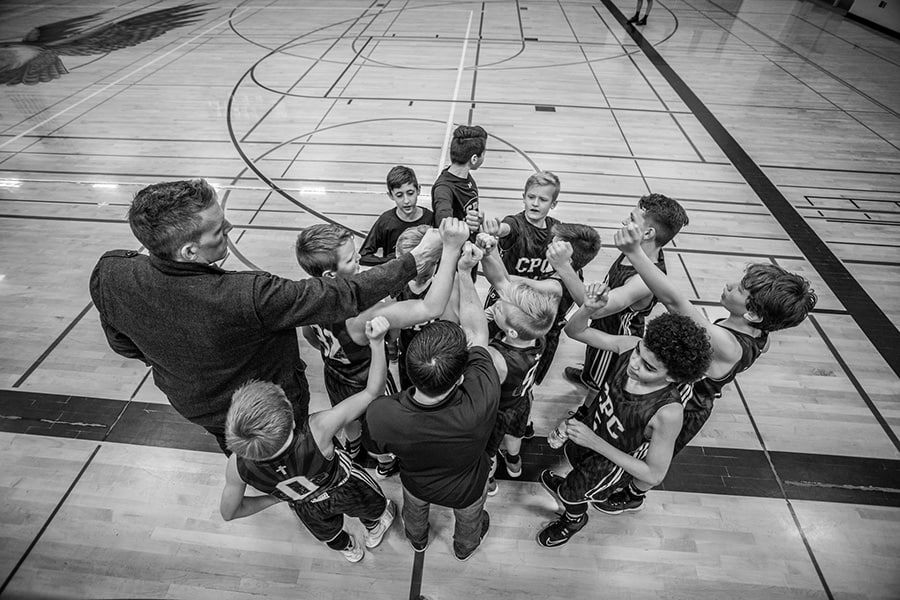
Be Safe
No shot is worth risking your life for, nor is it worth injuring an athlete. Always position yourself with safety in mind. Be aware of your surroundings and be prepared to get out of the way.
Photograph for Faces
Nailing the action is important. But sports photography should also evoke a connection to the athlete. You do that most often by showing faces. Concentrate on getting your athlete’s face and eyes in the frame to tell a more powerful story. Shoot from head on, the side profile or in between.
Tell a Story
Sports isn’t always just about the motion shots. Sports are about the struggle, the joy, the fun, the personal growth. Show that! Look for moments that tell a story on the sidelines, in the locker room, in the crowd and when the play stops.
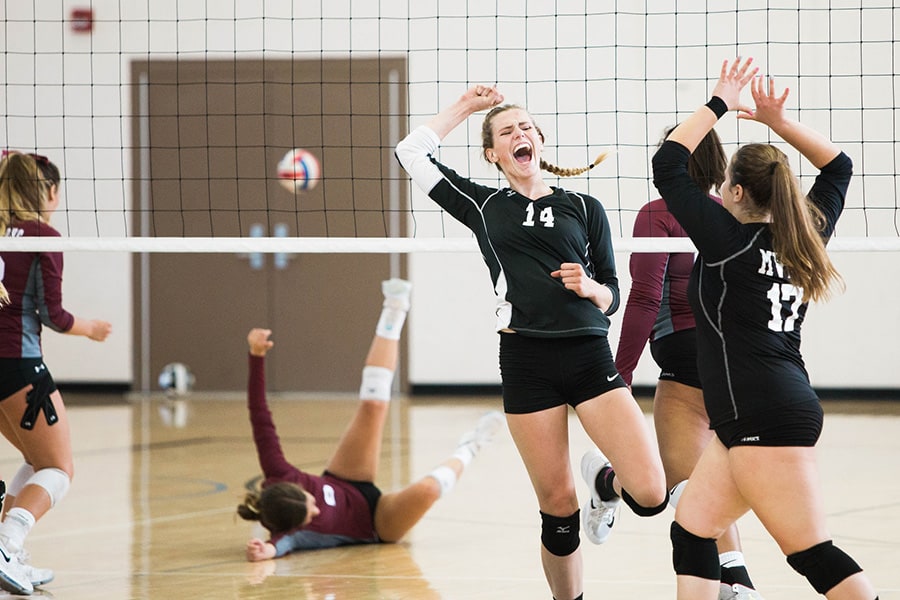
Look for the Jube
One mistake I made as a beginning photographer was to stop photographing when the play ended. I often missed the celebration, or jubilation (often shortened to jube). Keep clicking after the whistle blows!
Anticipate the Action
If you find you’re missing shots because you are behind the action, get ahead of it instead. Let the play come to you. For example, when in a volleyball match, don’t try to follow the ball. Anticipate where the ball will go and be ready to shoot that player when the ball comes to her.
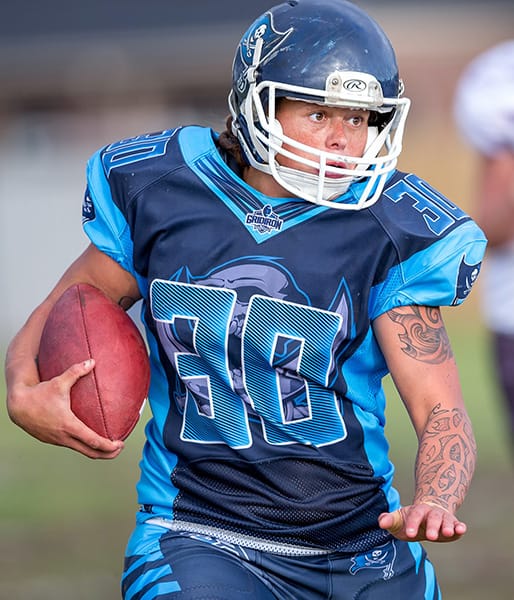
Shoot Tight
Use the power of your telephoto zoom to frame tight on your subject. This draws the viewer into the athlete’s world and eliminates distracting background elements. If you constantly find that you’re unintentionally cutting off feet or critical equipment, frame a touch looser in the moment and then crop in tighter in post-production as needed.
Check Your Results in Camera Occasionally
It’s always a good idea to review your images on your LCD panel periodically. If you’ve got an issue with your settings you can fix it before the next big play.
Don’t Miss the Shot Chimping
Chimping is repeatedly looking at your images on your LCD panel. Check your work occasionally, but you don’t need to do it after every play or contestant. Don’t miss your next shot obsessing over your last shot.
Don’t Fight the Sun
Take a few minutes at the beginning of the game to evaluate the sun. Where is it coming from? How will it affect your images? Can you stand somewhere that uses the sun more effectively? Putting the sun at your back, for example, helps eliminate glare and backlighting. Do you want a silhouette? Put the sun at the back of the players instead. But if you have to choose between a correctly exposed subject or a correctly exposed background, always expose for the subject!
Don’t forget to assess the best light in indoor spaces, too. Sometimes one area will be brighter than the other. Or there may be backlighting from an open door or big window. Changing your location can save you hours in post-production.
Turn on Anti-flicker
Some artificial lights cycle, putting out waves of light. They cycle so fast our eyes can’t detect it. But our cameras can catch it mid-cycle, giving you an image that has different tones or shading across it. Some bodies are equipped with an anti-flicker feature to compensate for this “flicker.” Turn it on if your camera has it! If you don’t have anti-flicker and you’re fighting cycling lights, try shooting 3-4 frames at a time in burst mode. Pick the image with the least variance in tone.
When you Can, Pick the Best Background
All other things being equal, choose the better background. Don’t settle for bad light for a better background, but if you can eliminate distracting elements or an ugly backdrop, do it!
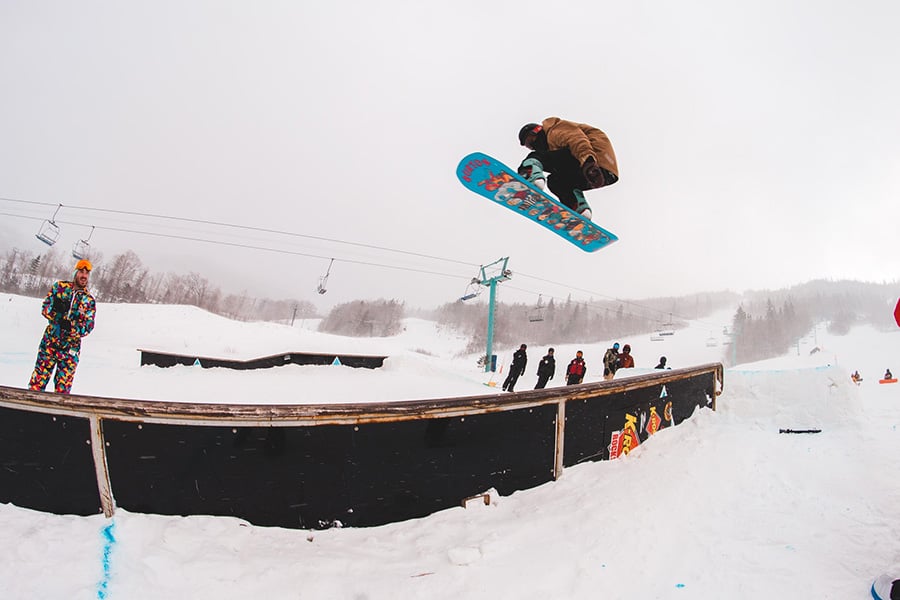
Get Low
Shooting from a lower perspective makes the athlete seem larger and more intimidating. It also accentuates the action and can eliminate distracting backgrounds.
Give Your Subjects Room to Run
Don’t compose so tight that the story doesn’t make sense or your subjects run off the page. Let the viewer see where the athlete is headed and give her room in your frame to move toward.
Get Access
The best shots aren’t from the cheap seats. Work to get access to the field or court. If you have to stay in the stands, try to step away from the crowd. That way Uncle Joe’s head doesn’t crowd your shot. If you can’t get courtside access, such as at an NBA game, pay the money for the good seats. Sometimes you’re almost as close as the guys paid to be there!
Take Smart Chances
Anticipate where the big play will be and be ready. If it’s 4th and inches on the goal line, position for a hand-off when working a football game. If the basketball team is down by three with 10 seconds left, look for the three-point shot and the team’s clutch player. It pays to take a gamble occasionally.
Practice Every Chance You Get
World series baseball players didn’t start in the MLB. They worked their way up. So can you. Practice your sports photography at all levels. As you hone your skill, you’ll get opportunities to move up.
Don’t Just Shoot the Super Stars
If you’re working for a team or school, spread your shots around to the stars AND the supporting role players. In a football game, for example, the quarterback, receivers and running backs are easy to photograph. But don’t forget the linemen and special team guys, the action on the bench and the other behind-the-scenes stuff. Tell the whole story!
Increase Your Depth-Of-Field for Better Focus
If you’re shooting multiple athletes on slightly different planes, such as in a race, you might want more than a single athlete in focus. When your light allows, close down your aperture to increase your depth-of-field and put more of your frame sharp. You’ll also want more depth-of-field for team portraits.

Try Panning
Panning is the technique of deliberately slowing your shutter speed to blur the background while tracking your subject with the lens. It creates an image that conveys speed and motion, but still keeps the important parts of your subject sharp. It’s a great technique to create a large variety of shots or imply motion.
Create Intentional Blur to Convey Motion
Another technique to try is slowing shutter so fast-moving objects are blurred but other parts of your subject are sharp. This technique also gives an image a sense that the subject is really moving. For example, you could create blur in a ball, a hockey stick, bicycle wheels, or a horse’s legs, but keep the athlete sharp.
Shoot in JPEG
A lot of high volume sports photographers shoot in JPEG. Their work is consistent enough to not need much post-processing and it speeds up their workflow. JPEGs are smaller files, so they write faster and take up less space on your memory cards and your hard drive. You can also share JPEGs immediately instead of needing to take them into your editing software to convert them from RAW.
The Business of Sports Photography
How Do Sports Photographers Make Money?
Profitable sports photographers fall into a few different categories. The first is staff photographers. These photographers are employed by a business or organization and shoot events or games as assigned. This includes photojournalists that work for newspapers or magazines, official photographers of a team or league, or photographers that work for a specific venue or association, for example. A photojournalist for the Kansas City Star, for example, might be assigned to cover the Kansas City Chiefs at the Super Bowl. These are usually salaried positions.
Photographers working the sidelines at college or professional level events such as the Superbowl or College World Series are often freelancers. These are professional photographers who have their own individual businesses but contract with a third party to take images at specific events. Essentially they are “on assignment” for another business, but not a full-time employee of that business. Photographers for the Olympics fall in this category, too.
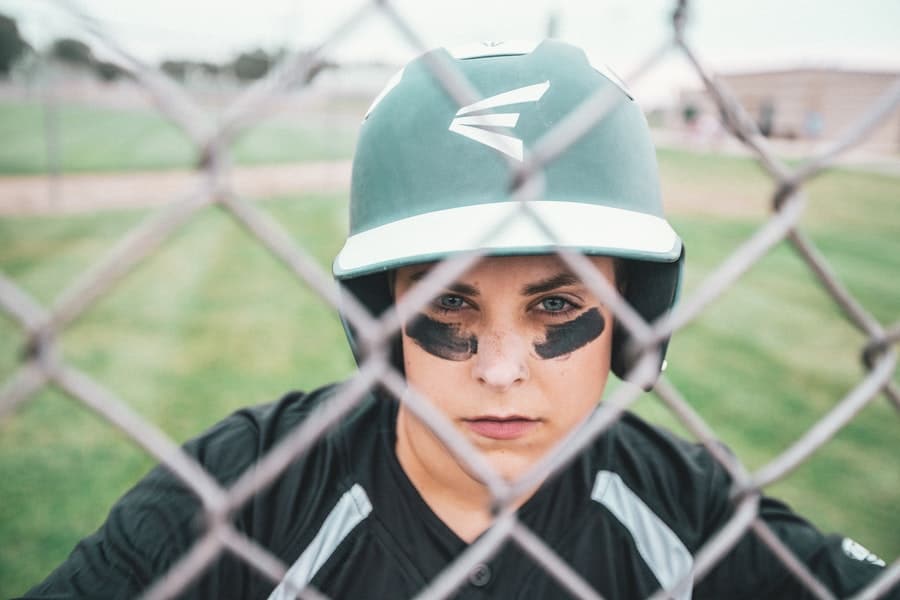
Other photographers concentrate on volume team and individual portraits. These are the men and women photographing the Little League baseball teams, high school lacrosse teams or even semi-professional team and athlete portraits. They contract with the league or team, but generally make money by selling prints and products to the athletes or parents. Most of the time, they are selling portraits, not game-day photos.
Some freelancers make their money selling volume game-day shots of athletes. You’ll see these professionals at large tournaments or events, such as a gymnastics meet or softball tournament. They try to sell images of player from the game to the athletes. This is working on speculation. You are speculating someone will buy but don’t know for sure. Others follow a pre-pay model. In this model, athletes pay for services before the game. The photographer only photographs those athletes that have paid vs. all the athletes on the field.
And finally, there are also the markets of commercial and fine arts sport photography. These are also usually freelancers hired by a third party to shoot athletes or events for ads or other marketing purposes. Some shoot games or athletes with the idea of turning those iconic images into wall art people will buy for their homes.
All of these types of sports photography businesses exist at all levels, from local recreation leagues and small-town newspapers, to huge media outlets like Getty or ESPN.
Do You Need a Degree to Be a Sports Photographer?
No, you don’t need to have a degree to be a sports photographer. Many photojournalists and photographers are self-taught. You do need to have a solid portfolio and experience to get larger and higher-paying clients, however. Start at the local level, hone your craft, build a solid portfolio, and work your way up.
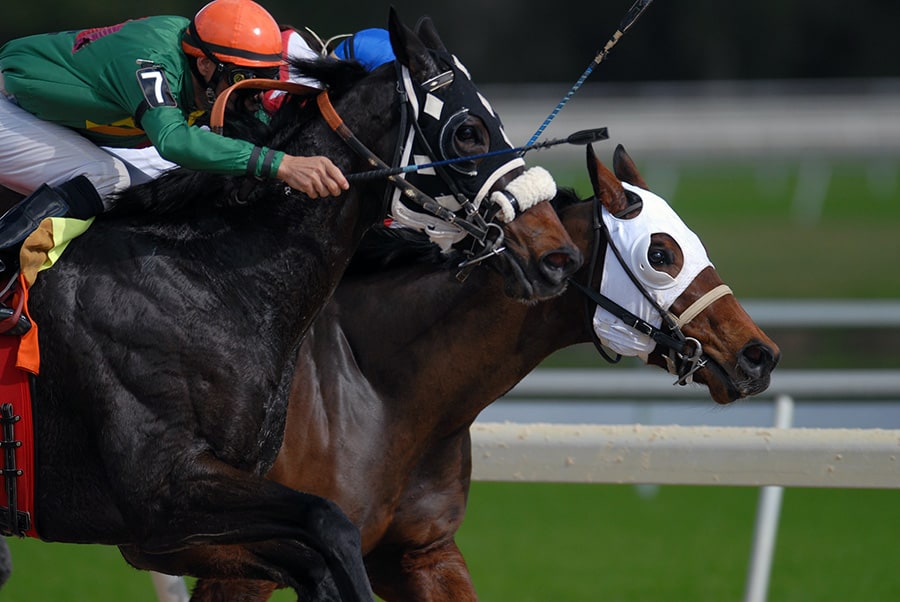
Post-Processing Sports Photography
How you process and edit your sports images is a matter of your personal style and sometimes, the style required by your client. Fine art sports photographers, for example, are going to spend a lot more time editing and tweaking a shot than a photojournalist who wants good images quickly, and a photographer working for the parent of the high school volleyball captain probably falls somewhere in between.
If you are handling lots of photos, invest in an app such as Adobe Lightroom or Photo Mechanic to help sort and organize images quickly. These apps also work great for minor editing. Lightroom presets, such as these basic presets from Cole’s Classroom, help you speed up your editing time, and improve consistency by applying the same changes to multiple photos at once. For more extensive editing or enhancements, you’ll need apps like Adobe Photoshop or GIMP.
Conclusion
If you love sports and the dedication to improve your skills and learn the game, you can make a career out of sports photography. Start by photographing any event you can. Learn your equipment, study the elite professionals in your event and practice. As the saying goes, you won’t be great to start, but you have to start to be great. So get in the game and have fun!


